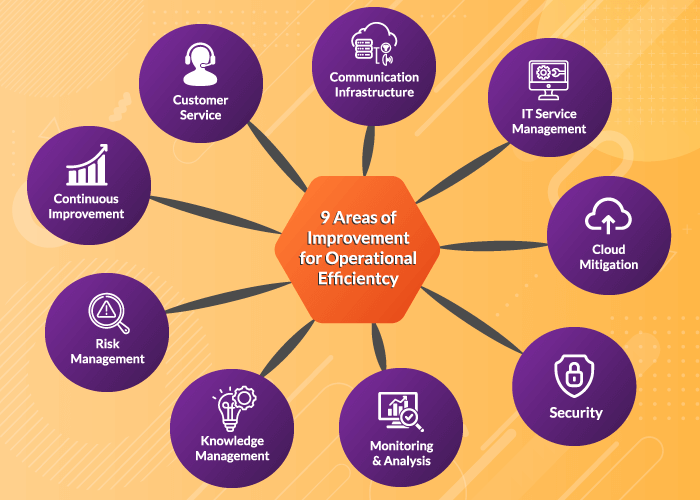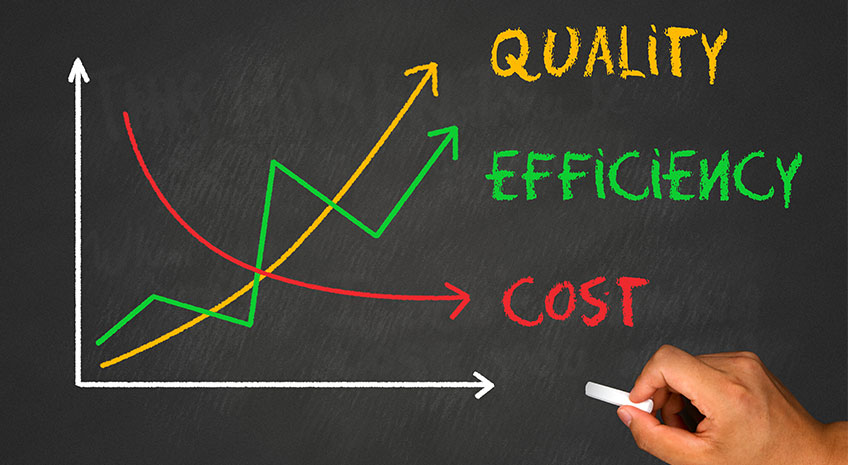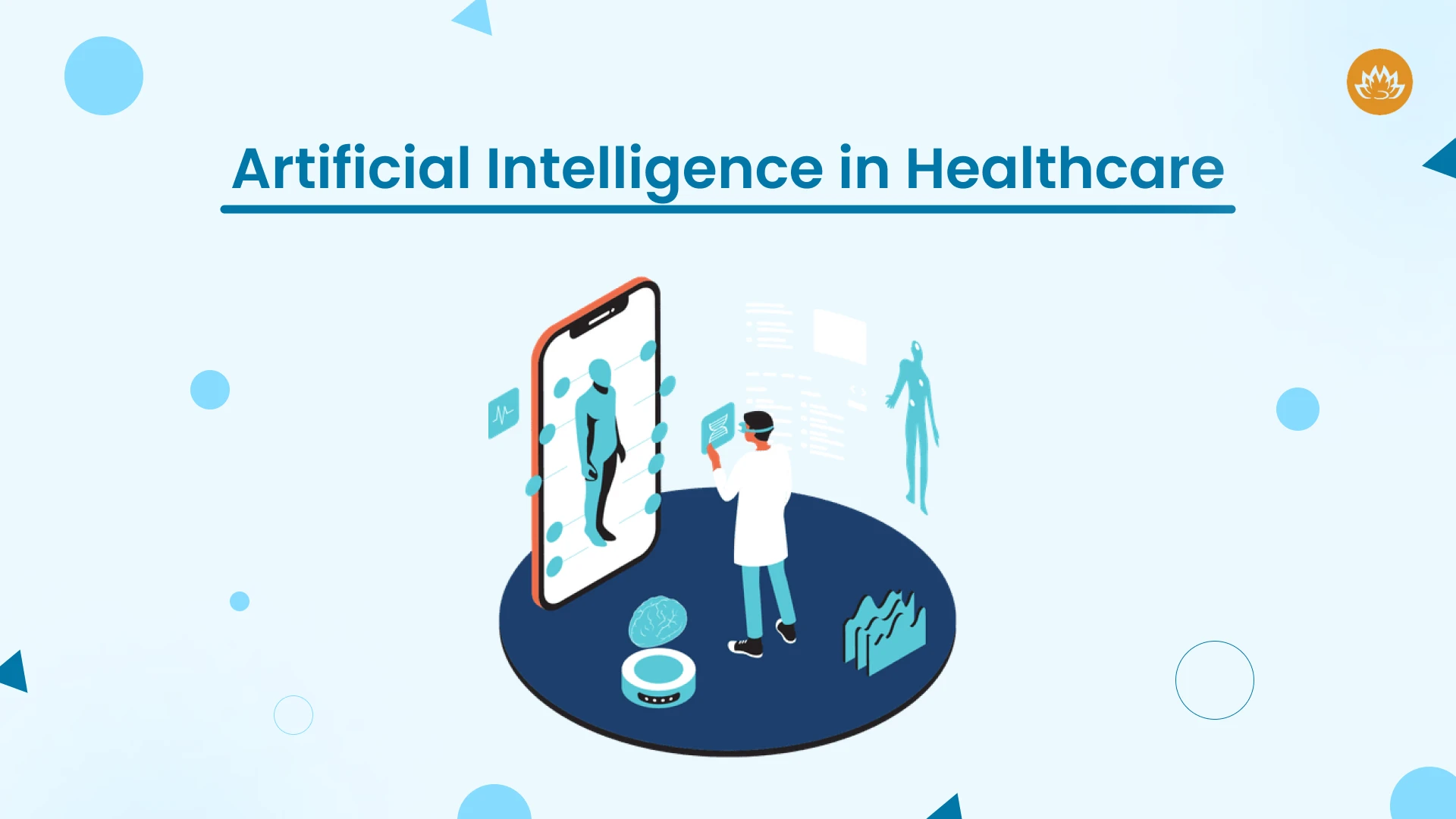In today’s fast-paced digital age, IT systems play a crucial role in driving business success. However, inefficient IT systems can hinder productivity, increase costs, and erode overall performance. To optimize your IT infrastructure and maximize efficiency, consider the following strategies:

1. Automate Routine Tasks
- Script Automation: Automate repetitive tasks like system backups, software updates, and report generation using scripting languages like Python or PowerShell.
- Workflow Automation: Streamline business processes by automating workflows, reducing manual intervention, and eliminating errors.
- AI and Machine Learning: Implement AI-powered tools to automate tasks like data entry, customer service, and IT help desk operations.
2. Cloud Computing
- Scalability: Easily scale your IT resources up or down to meet changing business needs.
- Cost-Effectiveness: Pay only for the resources you consume, reducing upfront costs and long-term expenses.
- Improved Collaboration: Facilitate seamless collaboration among team members, regardless of their location.
3. Optimize Network Performance
- Network Monitoring: Use network monitoring tools to identify and resolve performance issues promptly.
- Bandwidth Optimization: Optimize network bandwidth usage to improve application performance and reduce latency.
- Network Security: Implement robust security measures to protect your network from cyber threats.
4. Implement Effective IT Asset Management
- Inventory Management: Maintain a detailed inventory of all IT assets, including hardware, software, and licenses.
- Software Licensing Compliance: Ensure compliance with software licensing agreements to avoid legal issues.
- Asset Lifecycle Management: Plan for the lifecycle of IT assets, from procurement to disposal.
5. Utilize IT Service Management (ITSM)
- Incident Management: Implement a structured approach to incident management to minimize downtime and resolve issues quickly.
- Problem Management: Identify and resolve root causes of recurring issues to prevent future problems.
- Change Management: Control changes to IT systems to minimize disruptions and risks.
6. Data Center Optimization
- Virtualization: Consolidate physical servers into virtual machines to improve resource utilization and reduce energy consumption.
- Energy-Efficient Hardware: Use energy-efficient hardware and cooling systems to lower operational costs.
- Data Center Optimization Tools: Utilize tools to monitor and optimize data center performance.
7. Employee Training and Empowerment
- IT Training: Provide regular IT training to employees to improve their skills and knowledge.
- Empowerment: Empower employees to take ownership of IT issues and solutions.
- User-Friendly Tools: Implement user-friendly tools and interfaces to simplify IT operations.
8. Regular IT Audits and Assessments
- Identify Vulnerabilities: Conduct regular security audits to identify potential vulnerabilities and security threats.
- Performance Optimization: Analyze IT performance metrics to identify areas for improvement.
- Compliance Audits: Ensure compliance with industry regulations and standards.
By implementing these strategies, SMBs can significantly improve the efficiency of their IT systems, reduce costs, and enhance overall business performance.





Leave a Reply